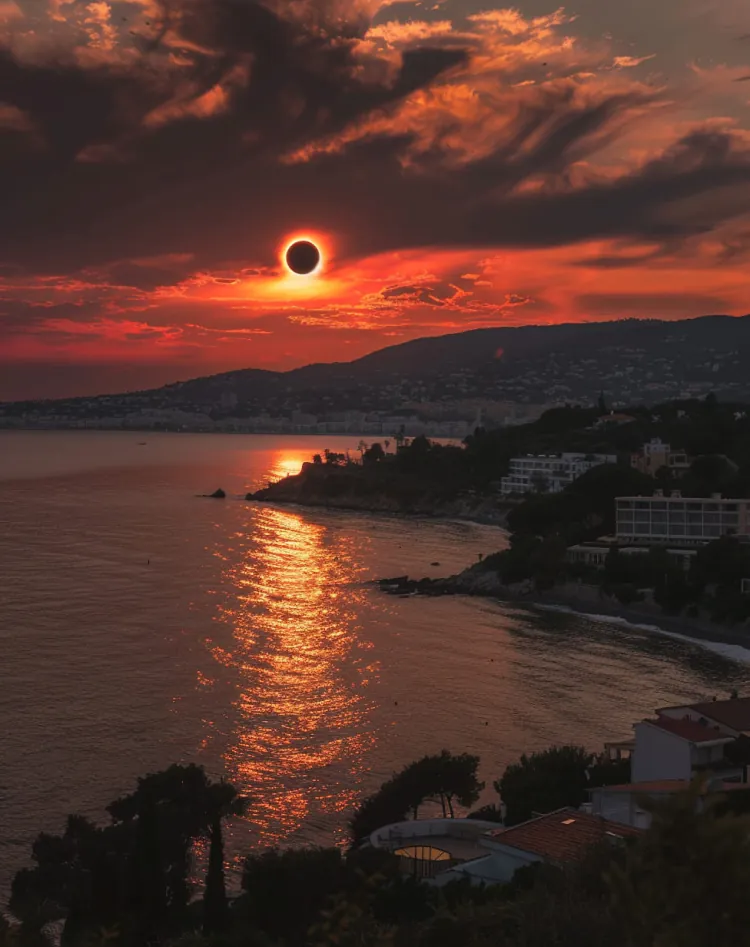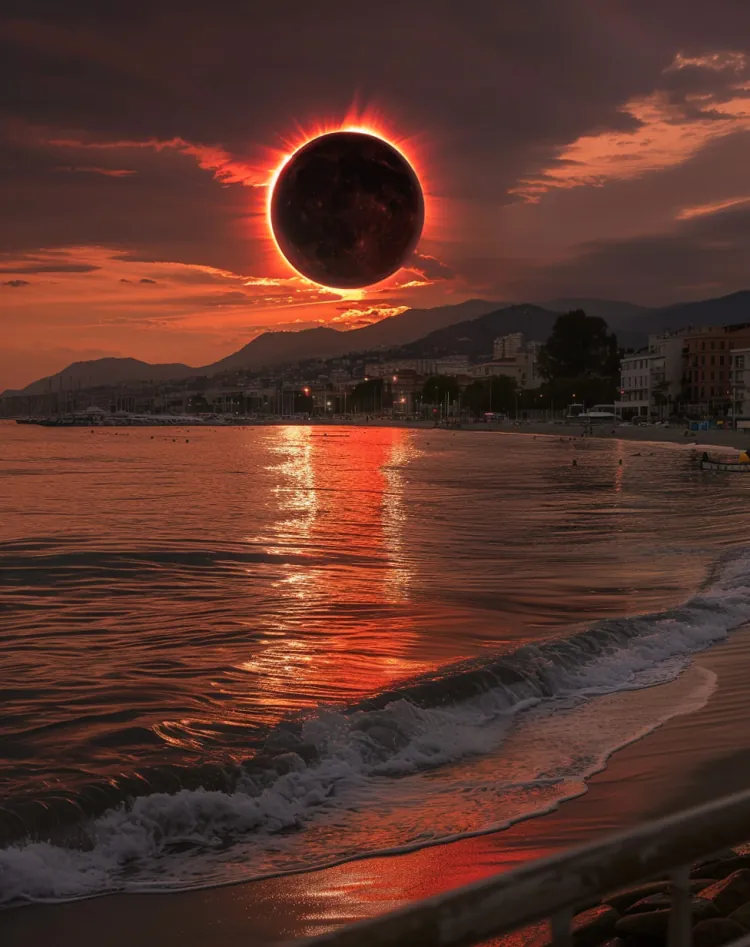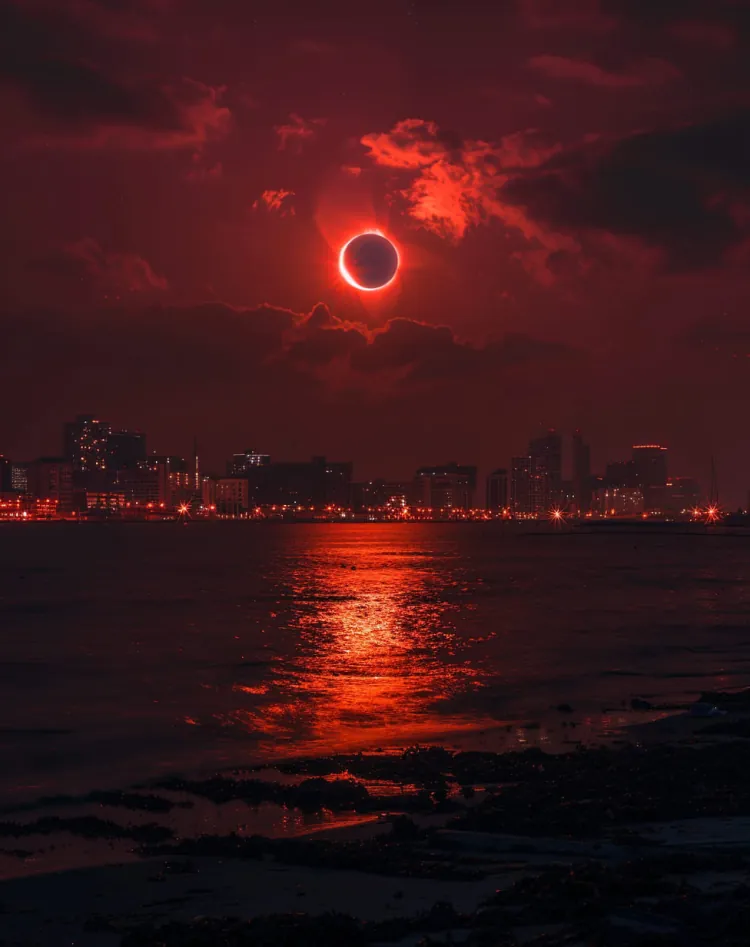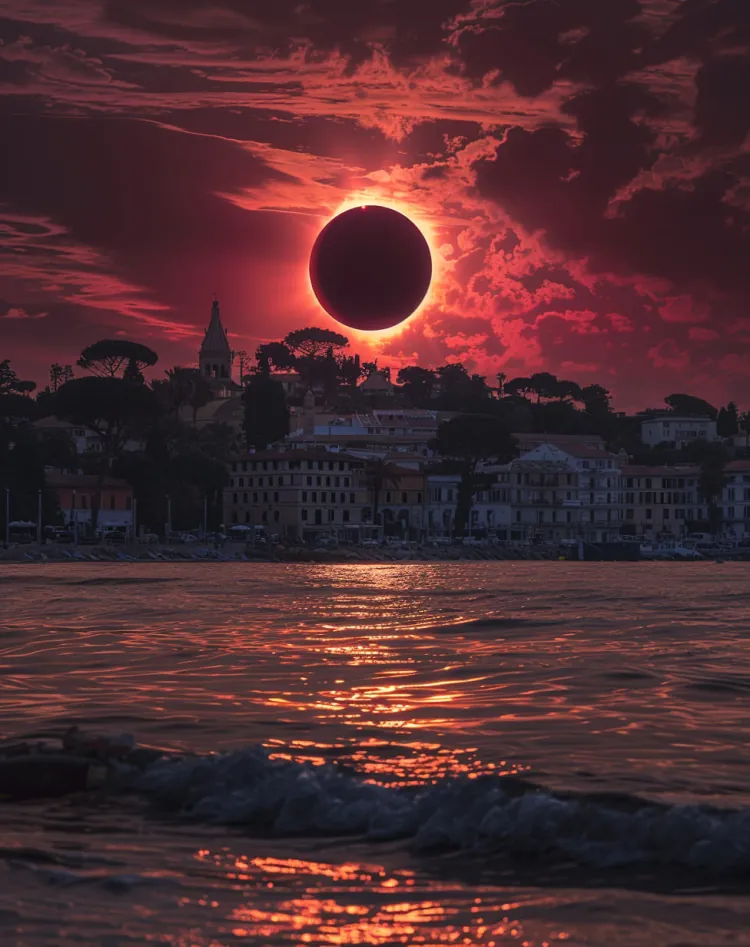Capturing the Shadow: The Ultimate Guide to Solar Eclipses
Explore the awe-inspiring world of solar eclipses, from understanding their types to safely observing this celestial phenomenon
-
Introduction
- Brief overview of what a solar eclipse is
- Significance of solar eclipses in various cultures
-
Understanding Solar Eclipses
- Definition and types (total, partial, annular, and hybrid)
- How solar eclipses occur
- The science behind the alignment of the sun, moon, and Earth
-
Observing Solar Eclipses Safely
- The importance of eye safety
- Recommended methods for viewing a solar eclipse
- Resources for eclipse glasses and viewing parties
-
Historical Eclipses and Their Impact
- Famous solar eclipses in history
- Influence on scientific discoveries and historical events
-
The Path of Totality
- Explaining the path of totality
- How and where to experience the total eclipse
- Planning for the next total solar eclipse
-
Eclipse Photography
- Tips for photographing a solar eclipse
- Necessary equipment and settings
-
Frequently Asked Questions
- Addressing common queries about solar eclipses
-
Conclusion
- Encouraging readers to experience a solar eclipse
- Promoting further exploration through resources and viewing events
Introduction
Solar eclipses, a celestial phenomenon where the Moon passes between the Earth and the Sun, temporarily cloaking the latter in shadow, have fascinated humanity for millennia. These events have held significant cultural, scientific, and existential importance across civilizations.
Understanding Solar Eclipses
A solar eclipse occurs when the Moon's shadow falls on the Earth, fully or partially blocking the Sun's light in certain areas. There are four types: total, partial, annular, and hybrid. The occurrence depends on the precise alignment of the Sun, Moon, and Earth, a dance of celestial mechanics that continues to captivate astronomers.
Observing Solar Eclipses Safely
Viewing a solar eclipse requires caution to prevent eye damage. Eclipse glasses or pinhole projectors are recommended for safe observation. Resources for obtaining eclipse glasses or joining viewing parties can be found at reputable astronomy clubs and educational websites.
Historical Eclipses and Their Impact
Solar eclipses have shaped history and science, from predicting wars and ruling dynasties to advancing our understanding of the universe. The 1919 total solar eclipse, for example, played a pivotal role in validating Einstein's theory of general relativity.
The Path of Totality
The path of totality is a narrow track across the Earth's surface where viewers can experience a total solar eclipse. Being in this path offers a unique, awe-inspiring experience. Future eclipses and paths can be planned for using astronomical forecasts.
Eclipse Photography
Capturing a solar eclipse requires specific techniques and equipment. Tips include using a solar filter, adjusting camera settings for the dim lighting, and practicing beforehand to ensure the best possible photographs.
Frequently Asked Questions
This section addresses common questions about solar eclipses, such as timing, viewing locations, and the next occurrences.
Conclusion
Experiencing a solar eclipse can be a profound and humbling experience, offering a unique perspective on our place in the cosmos. By preparing properly and respecting the power of nature, observers can safely enjoy one of the universe’s most stunning displays.
What's Your Reaction?





























